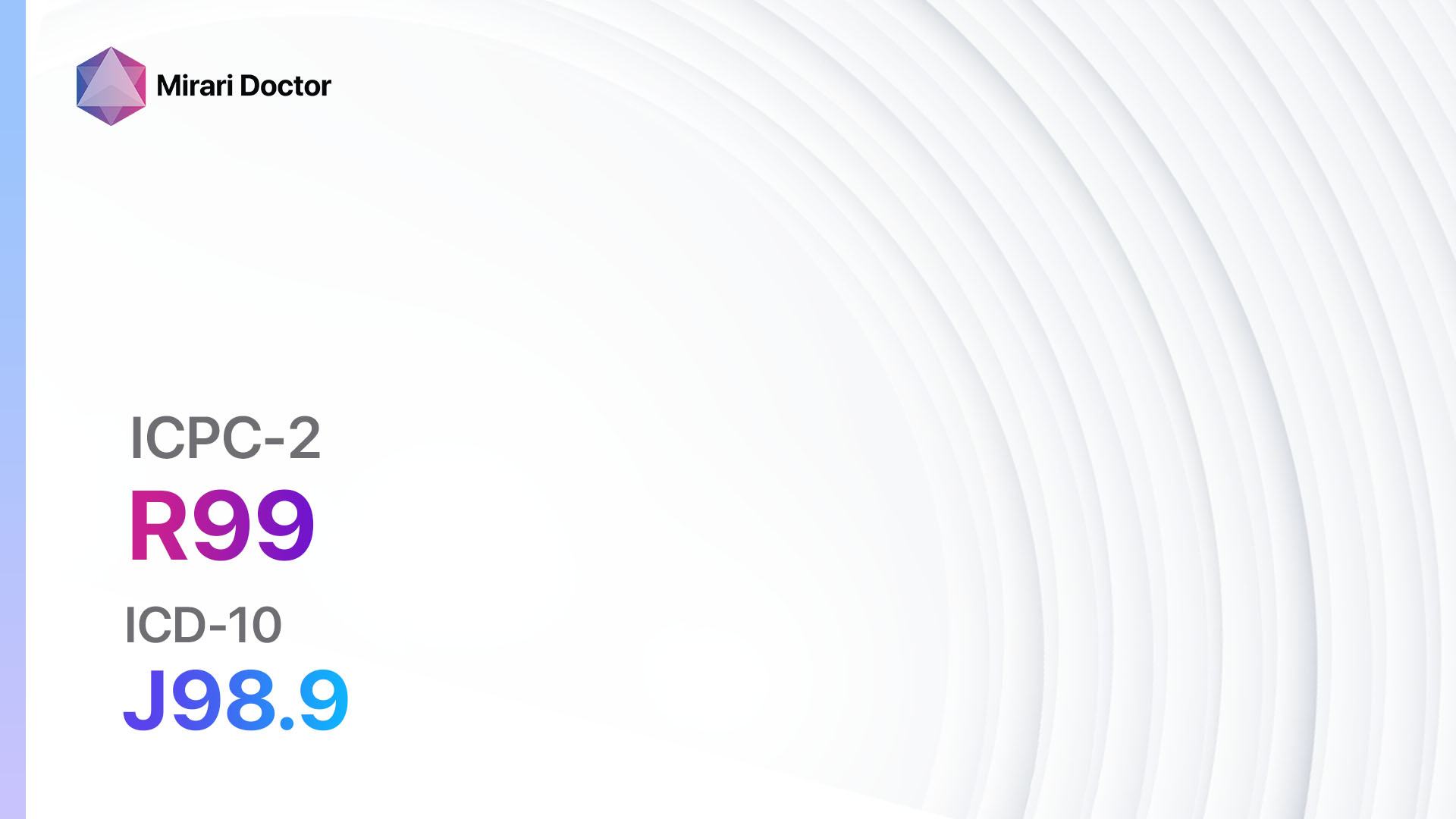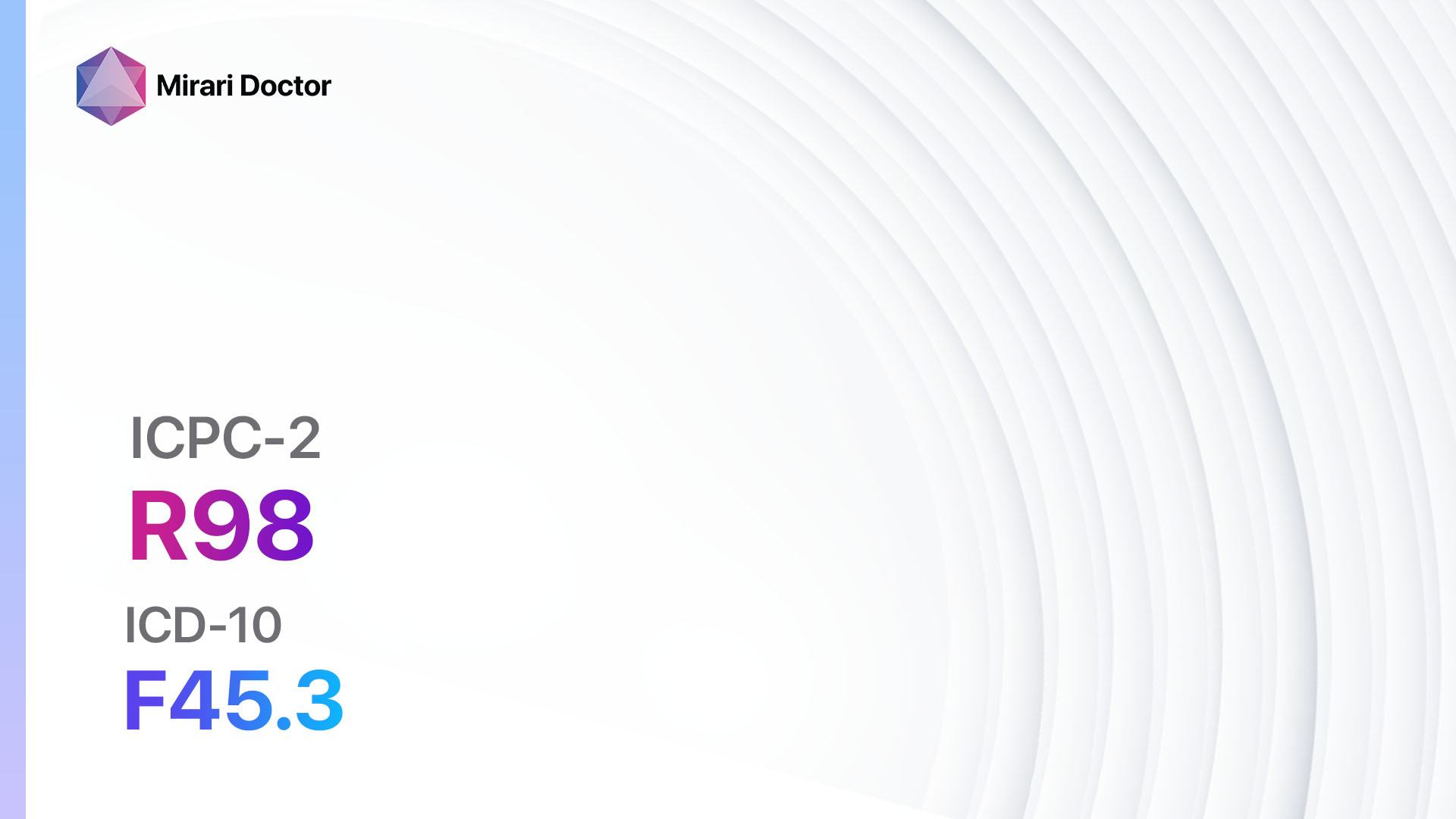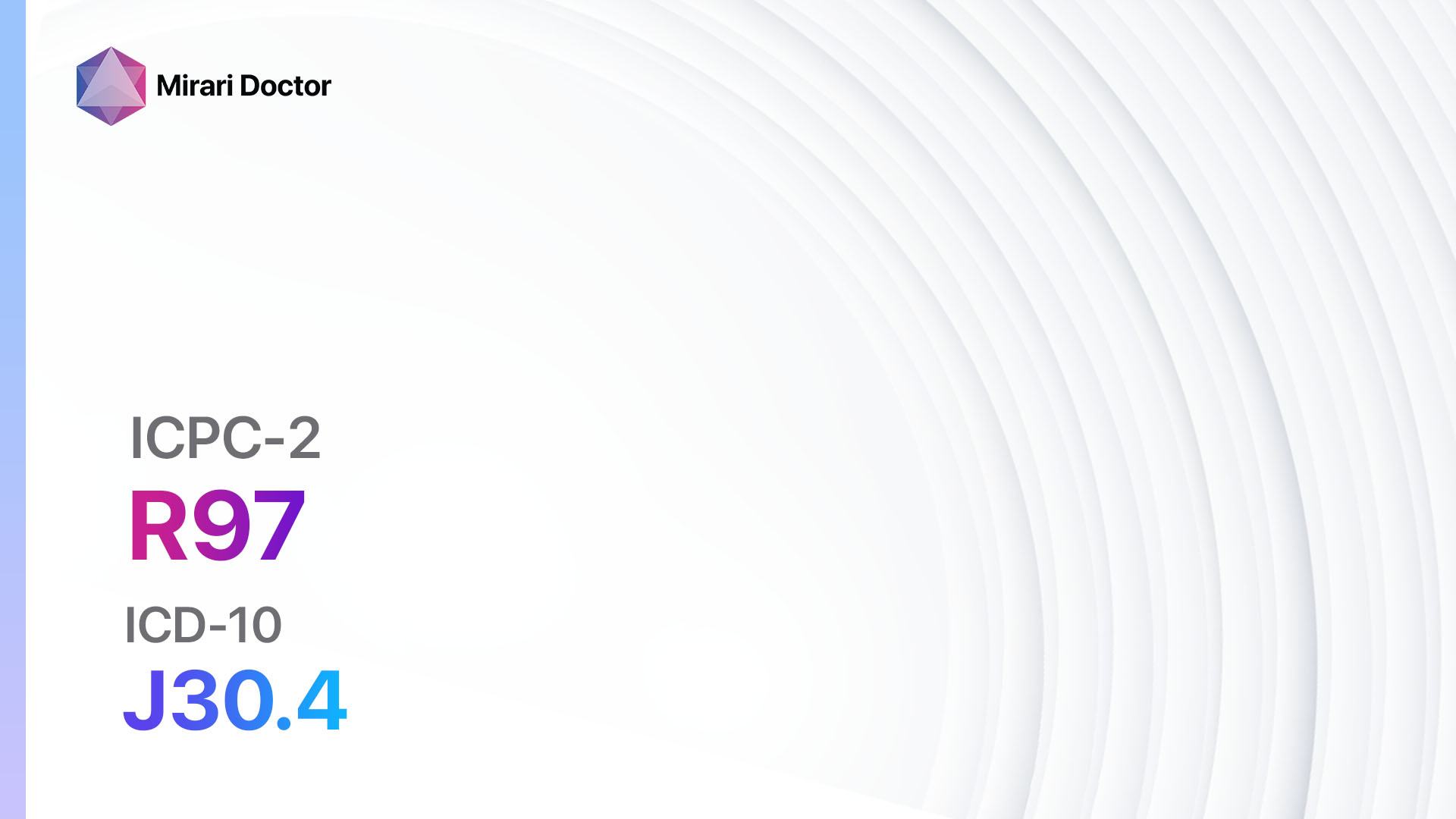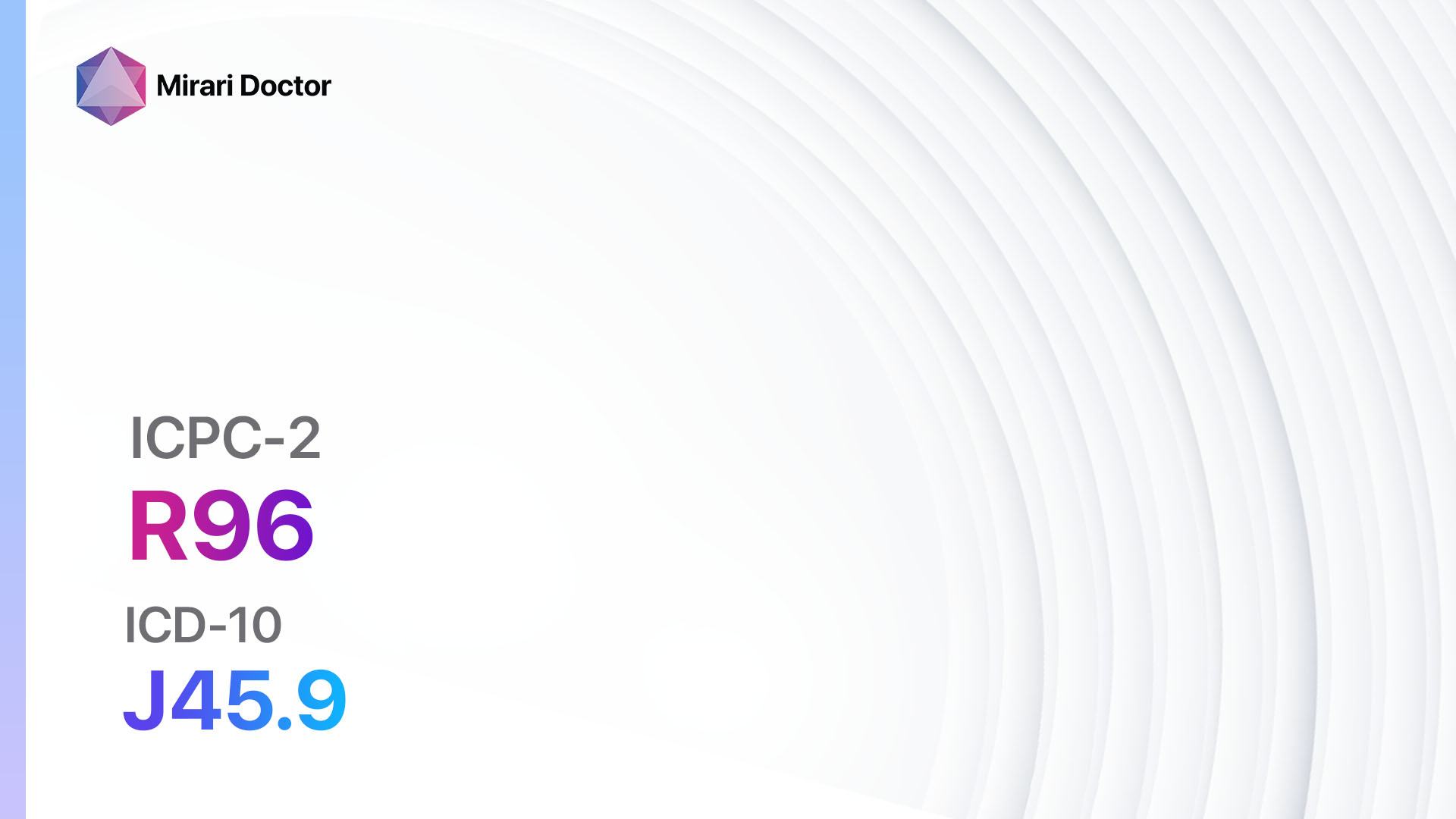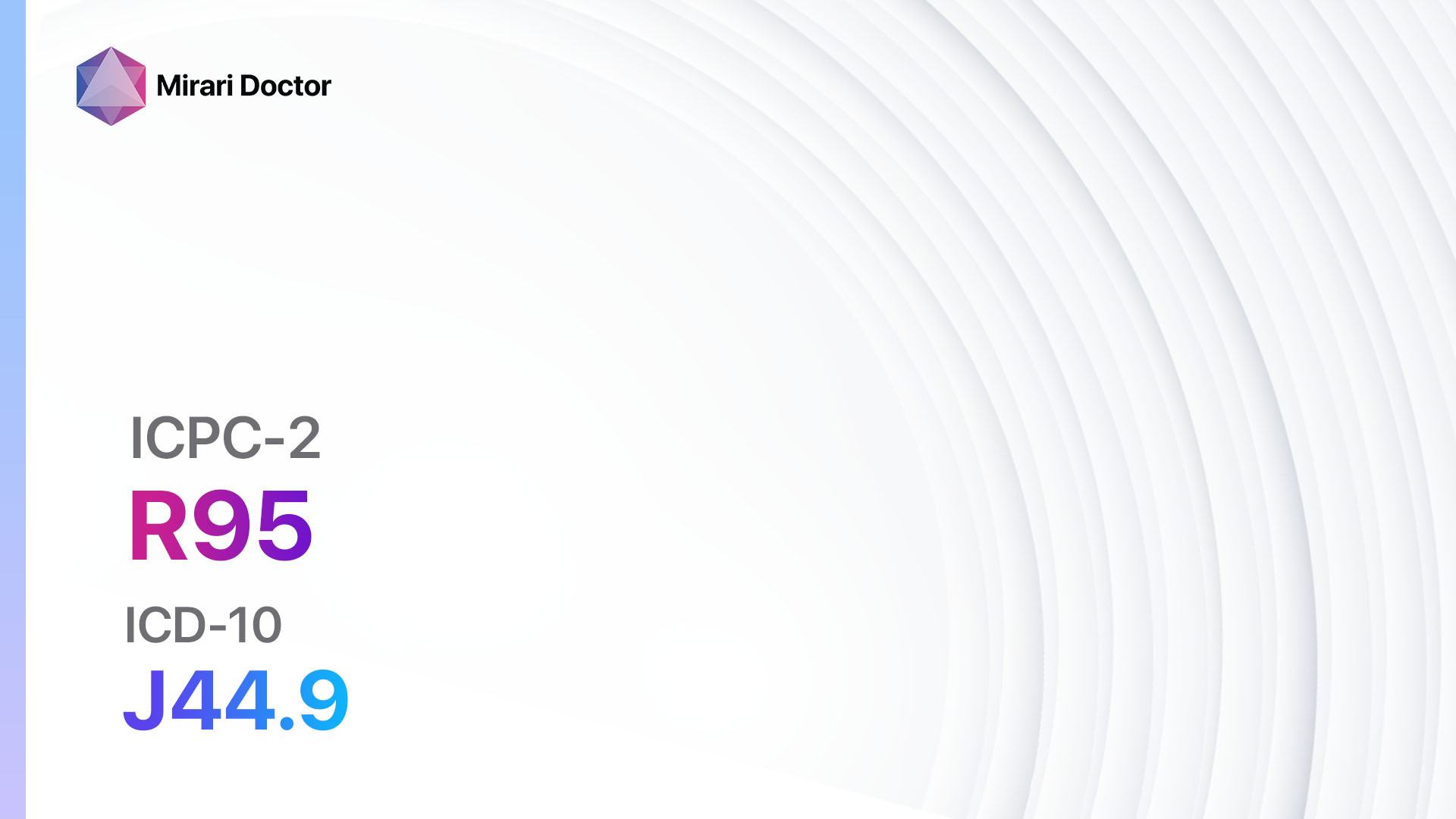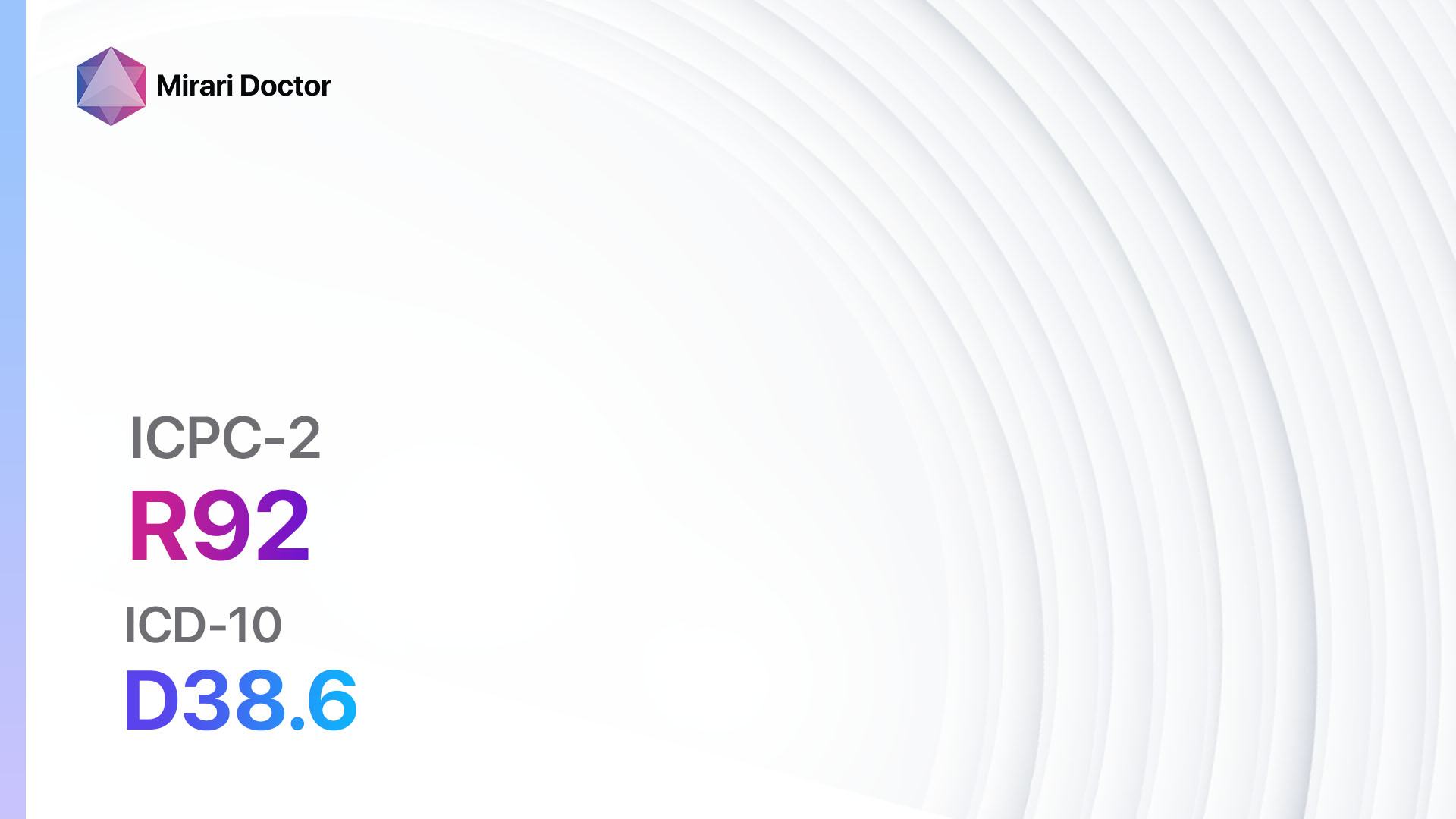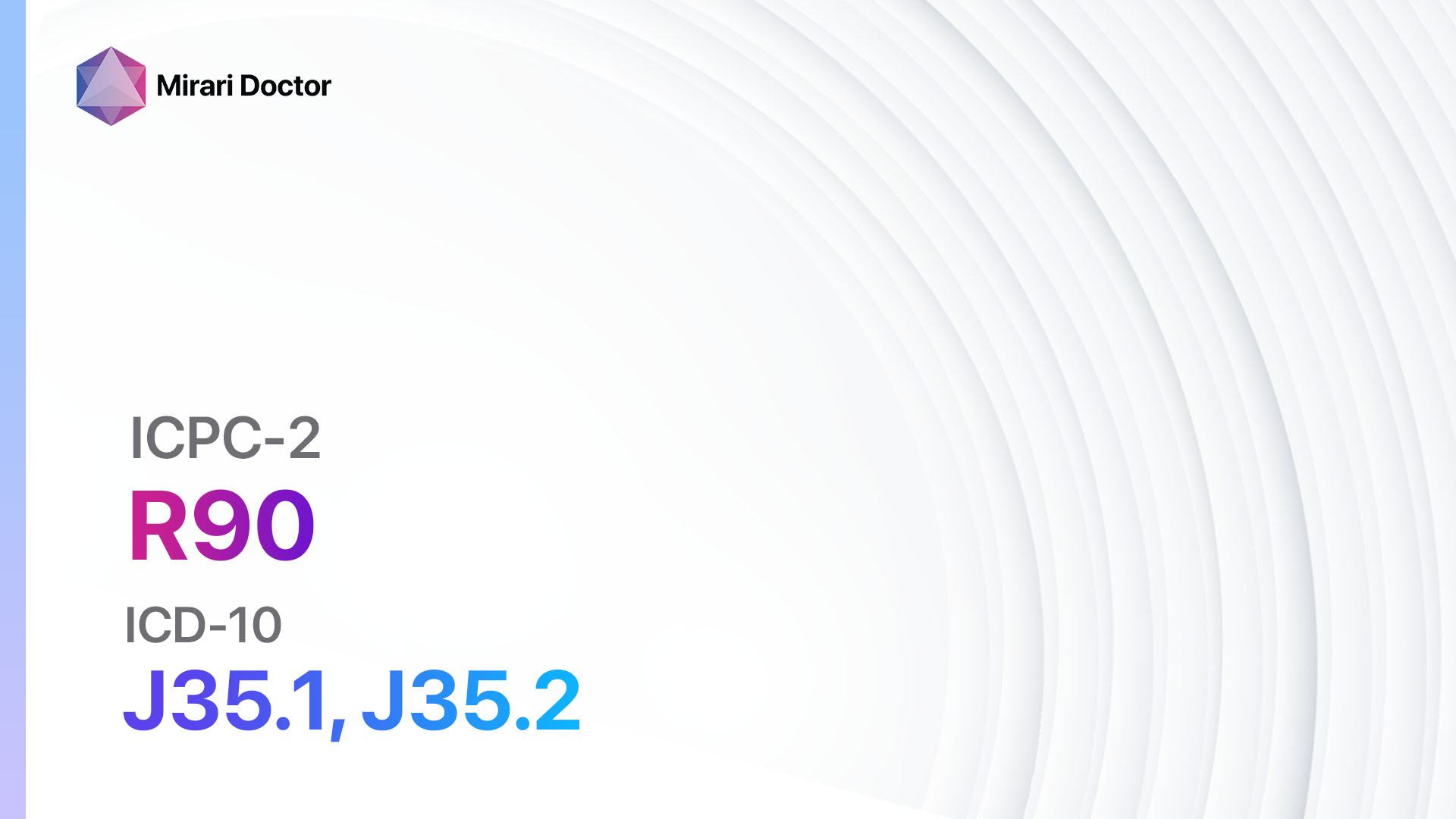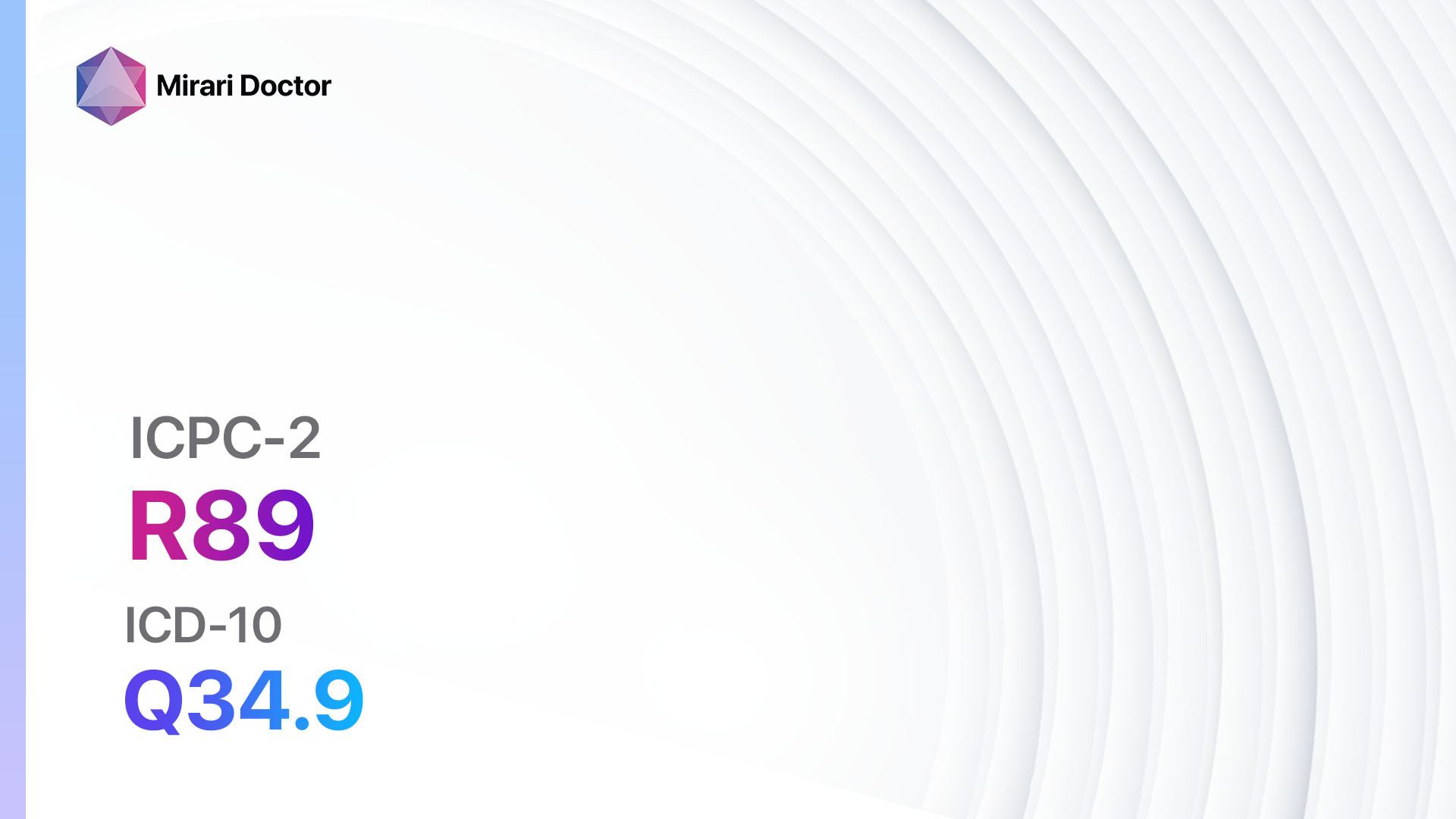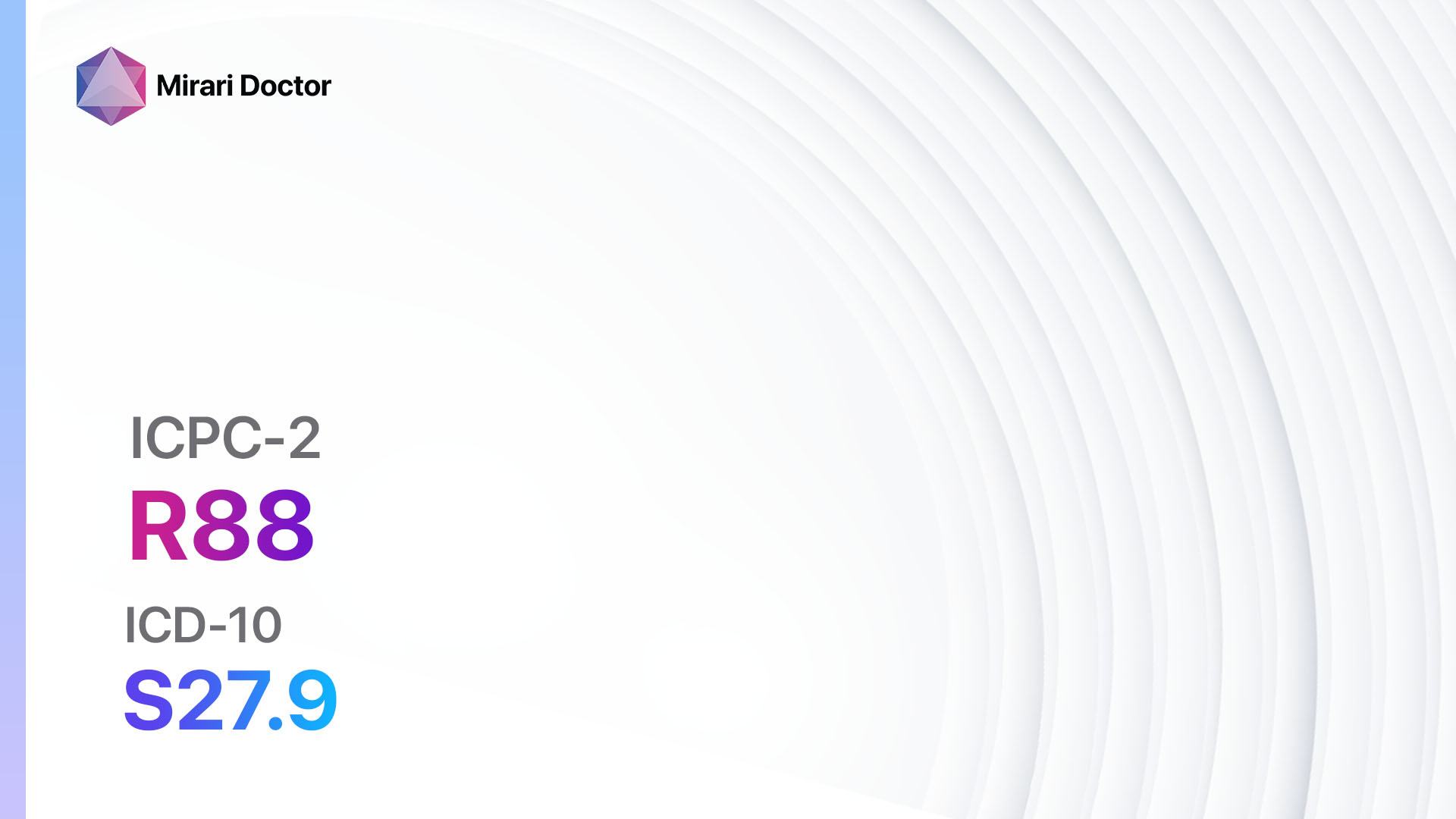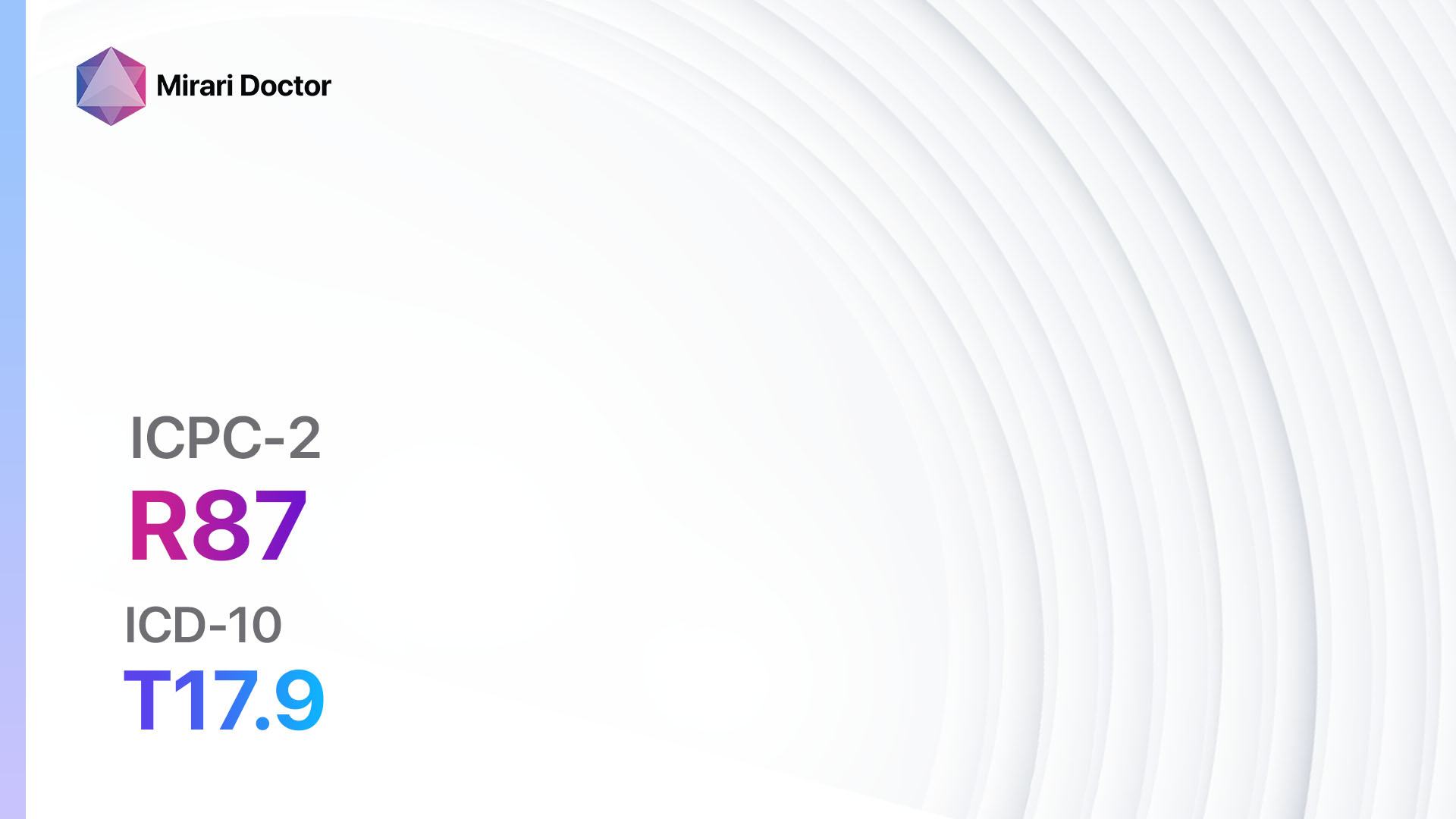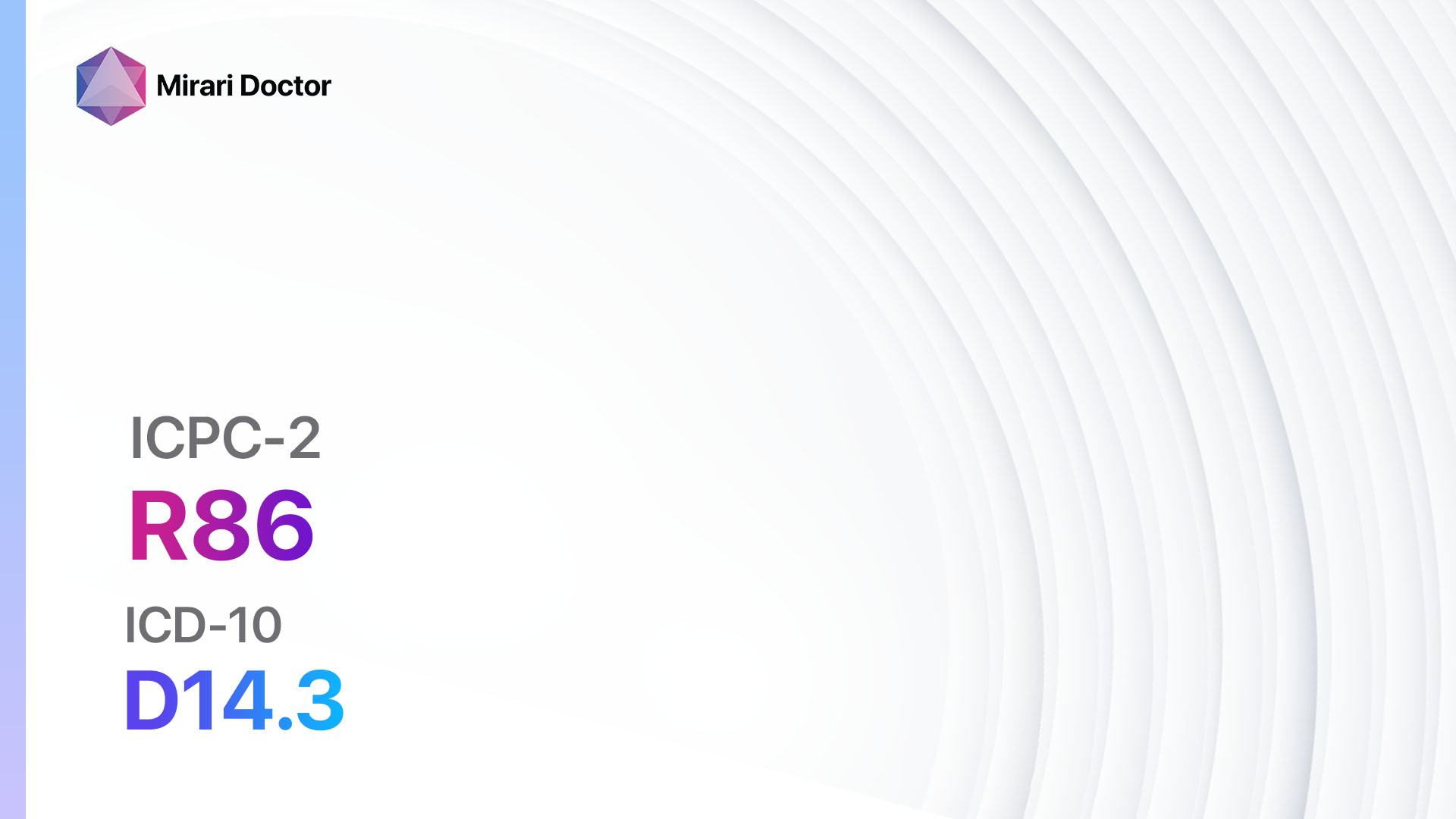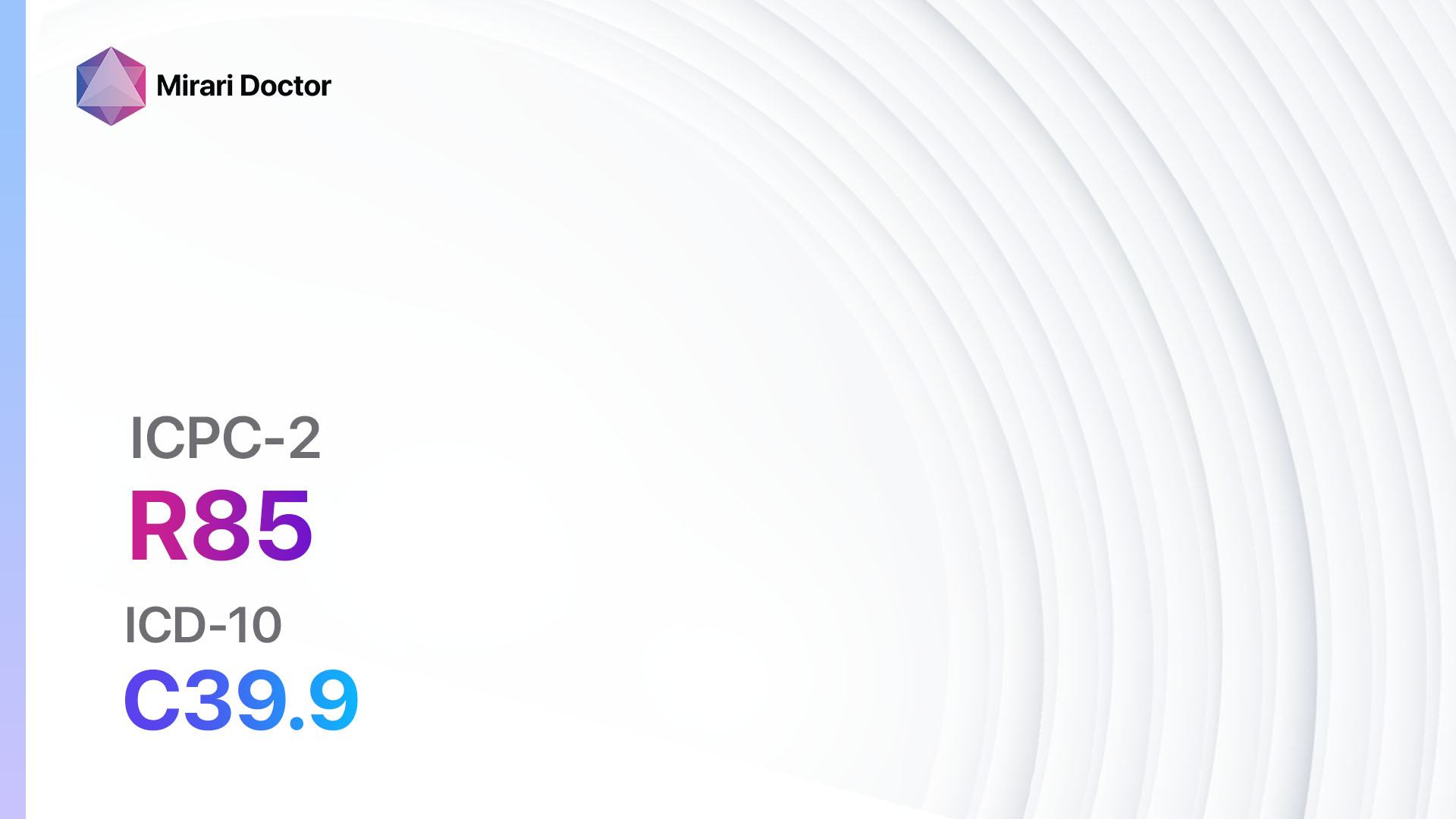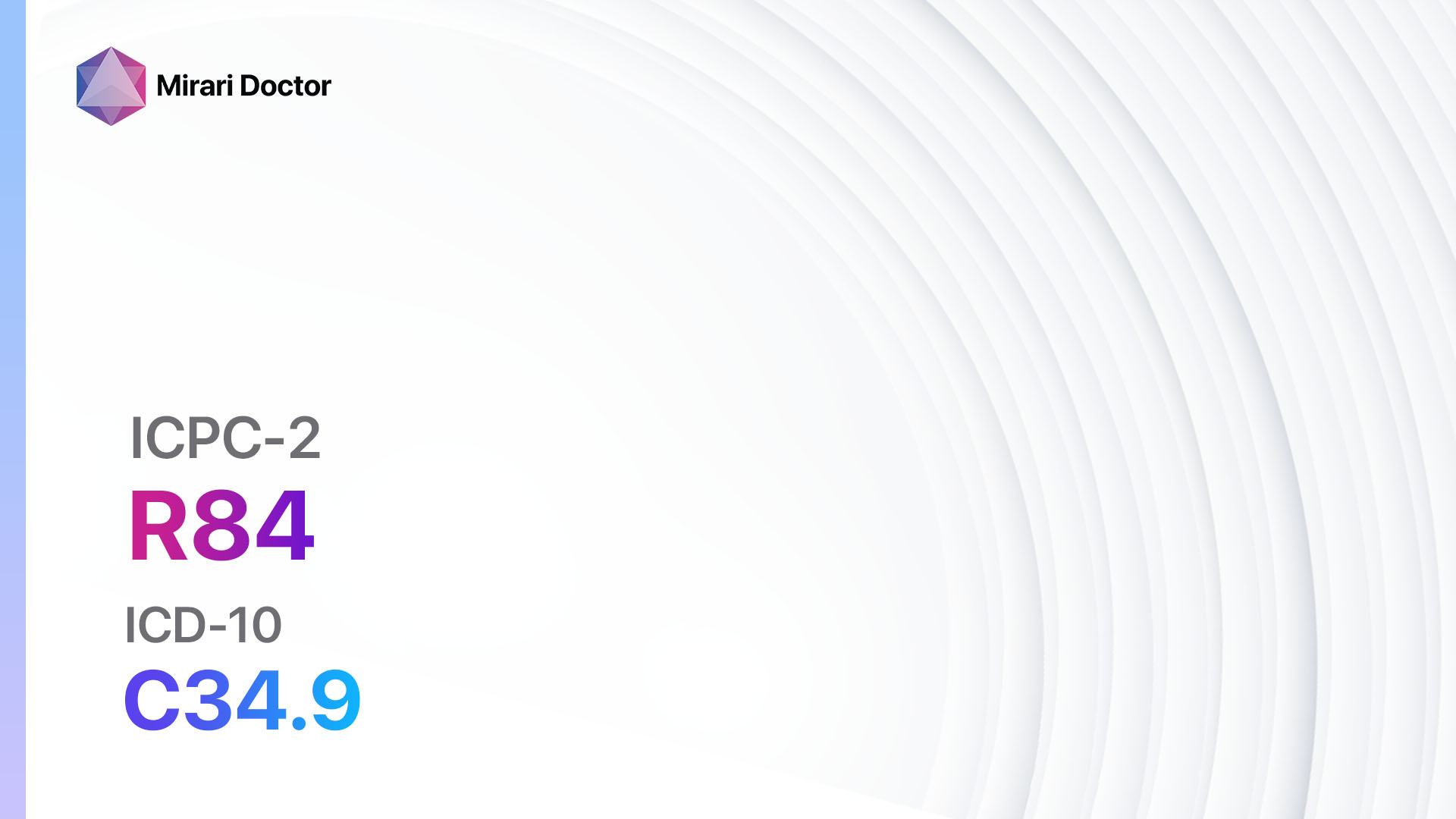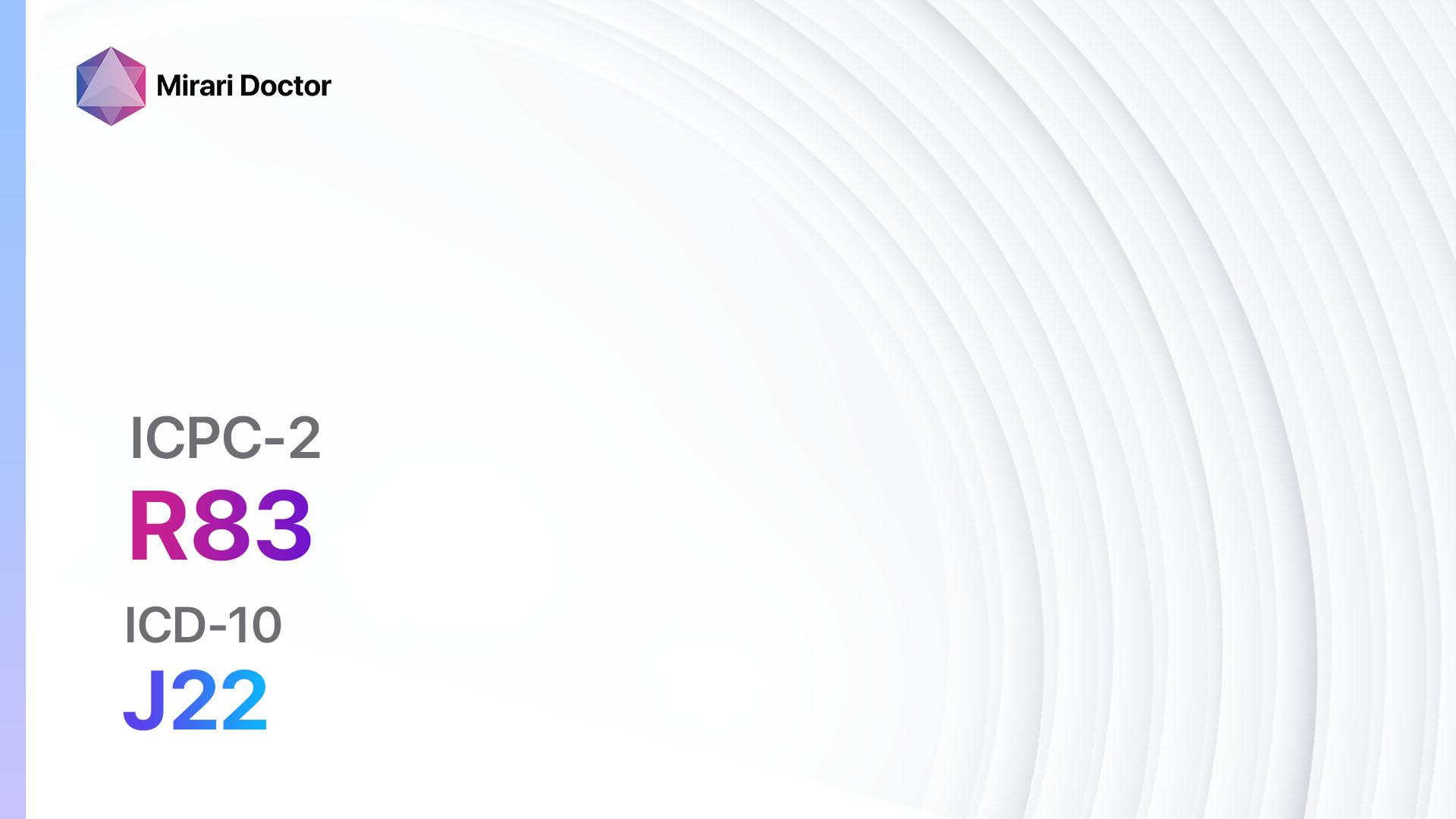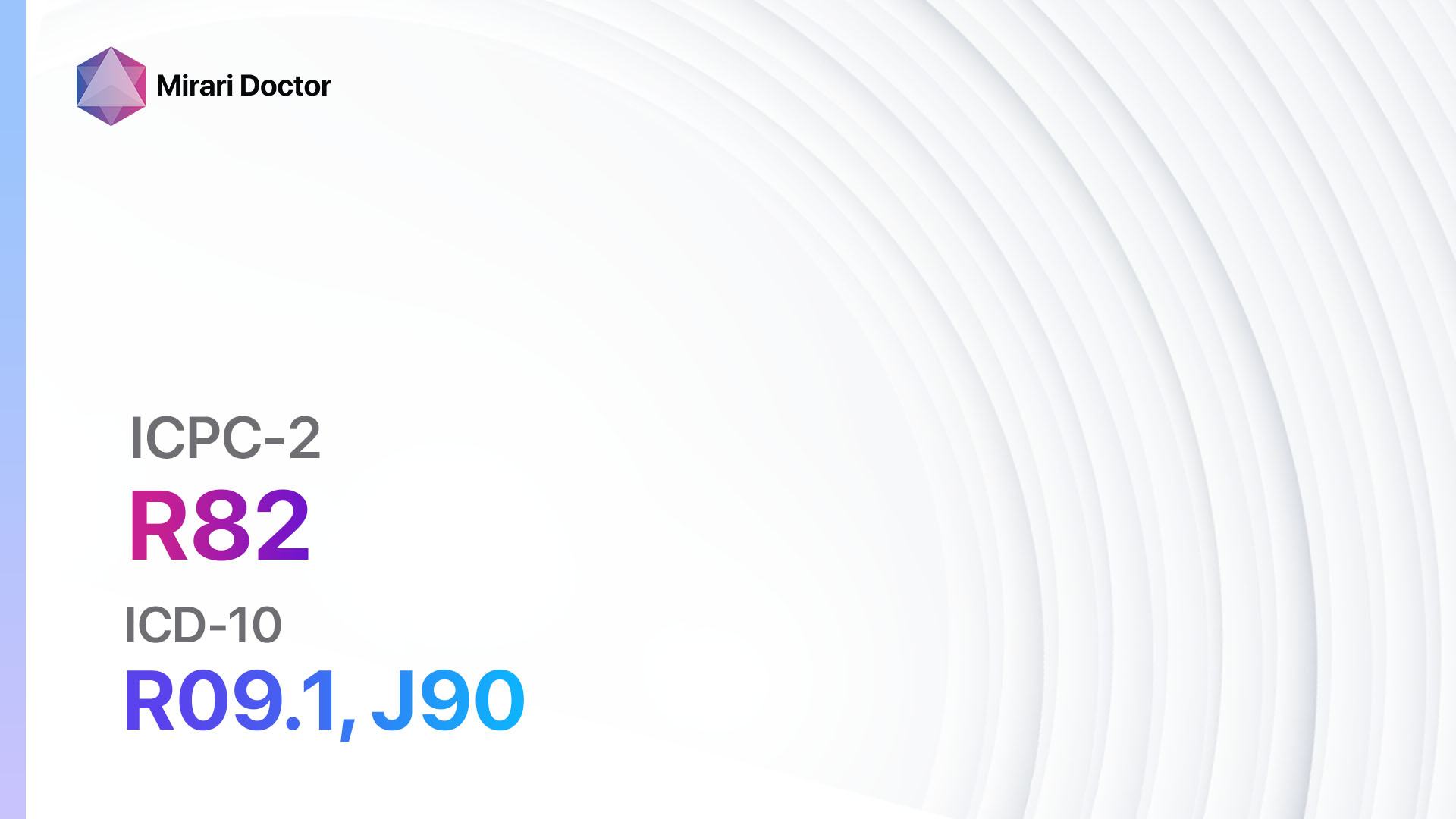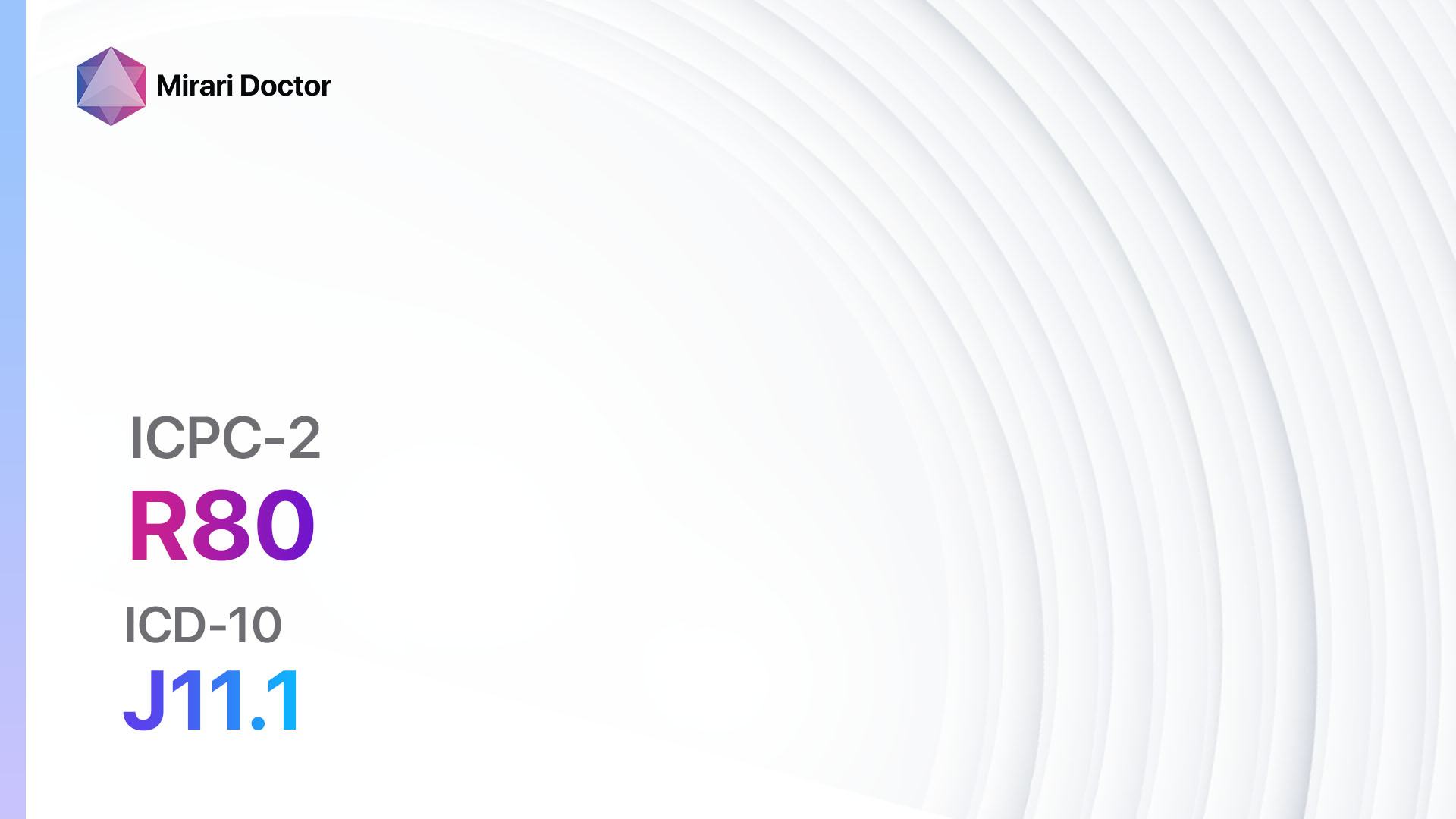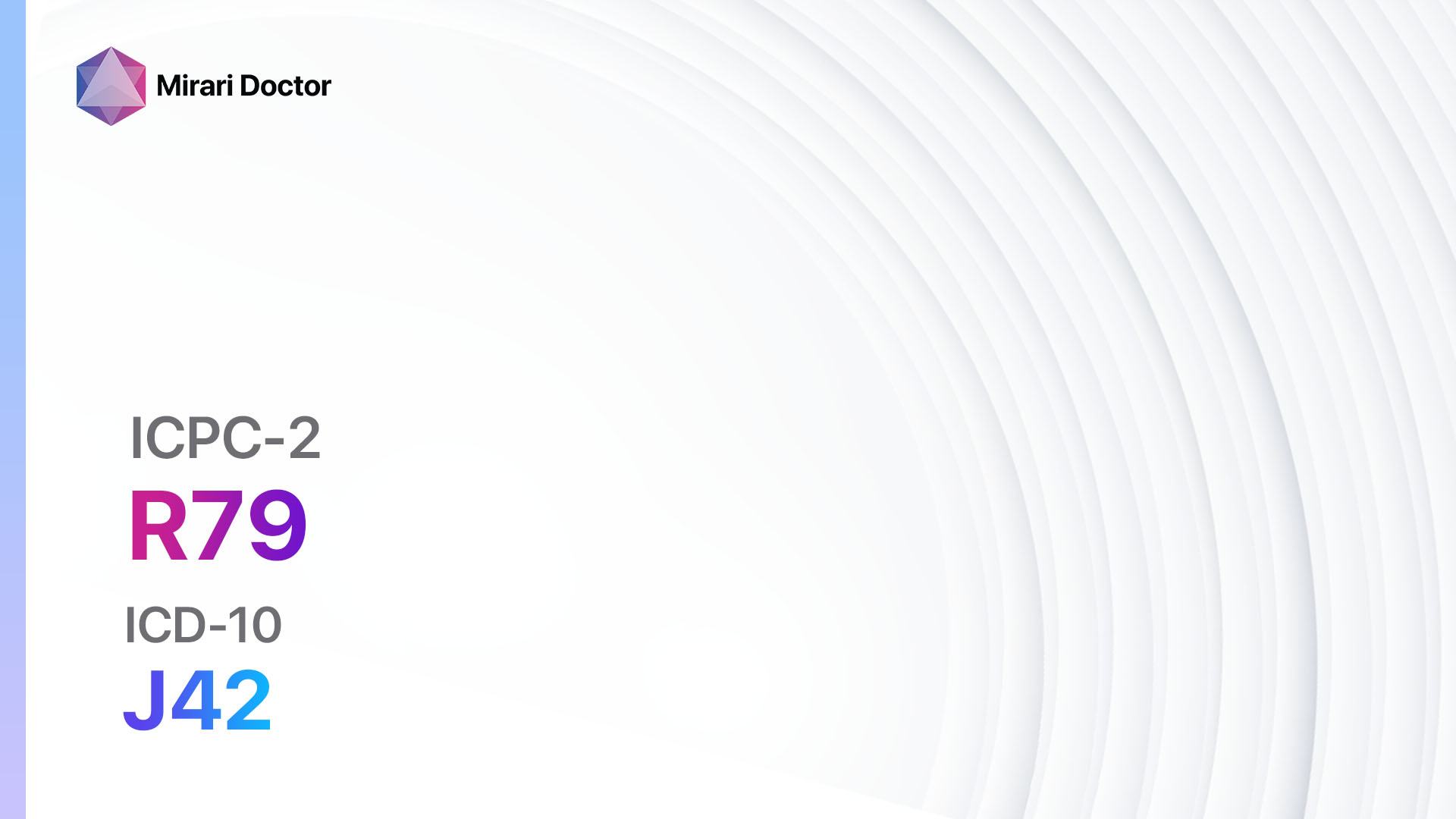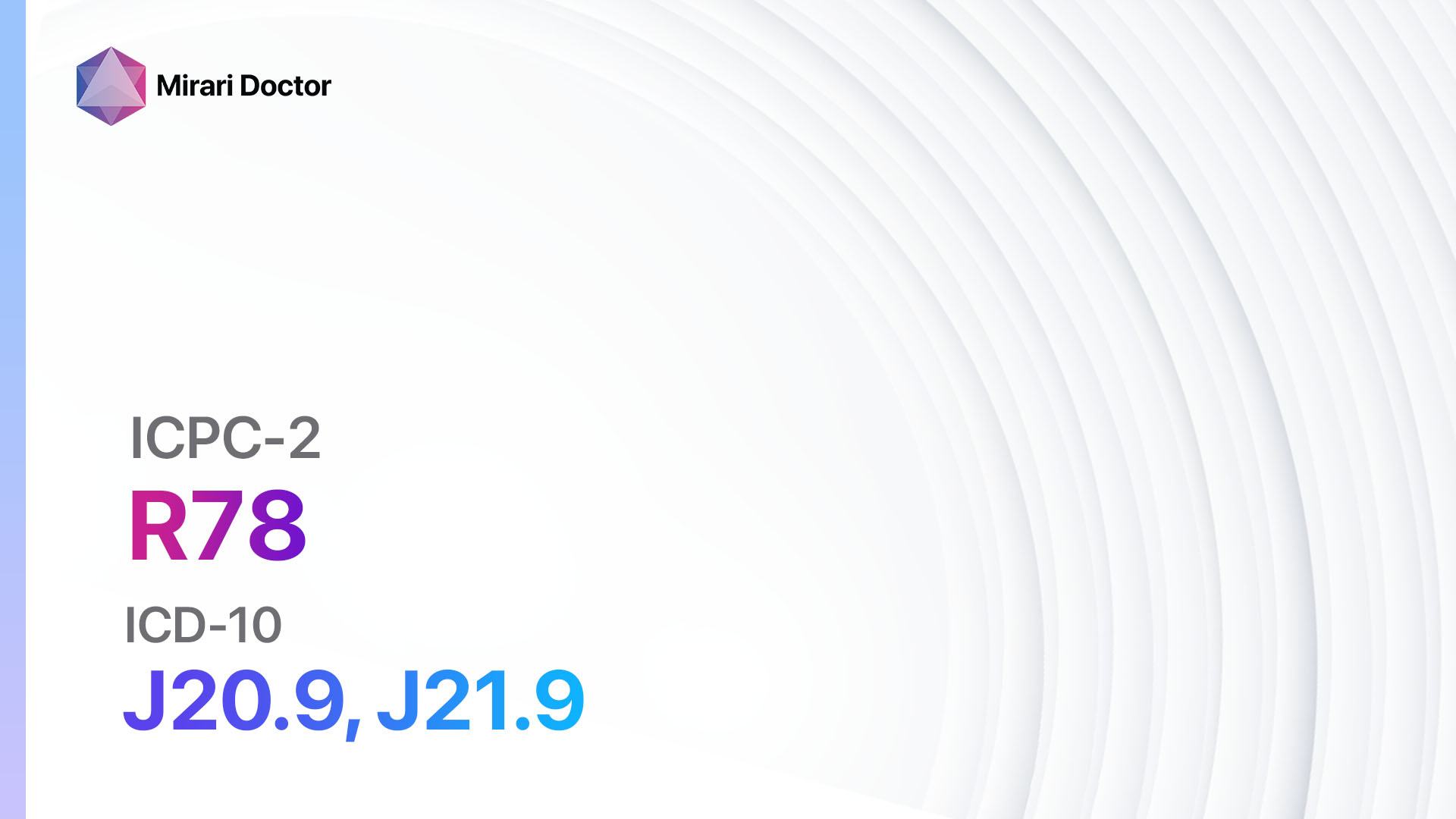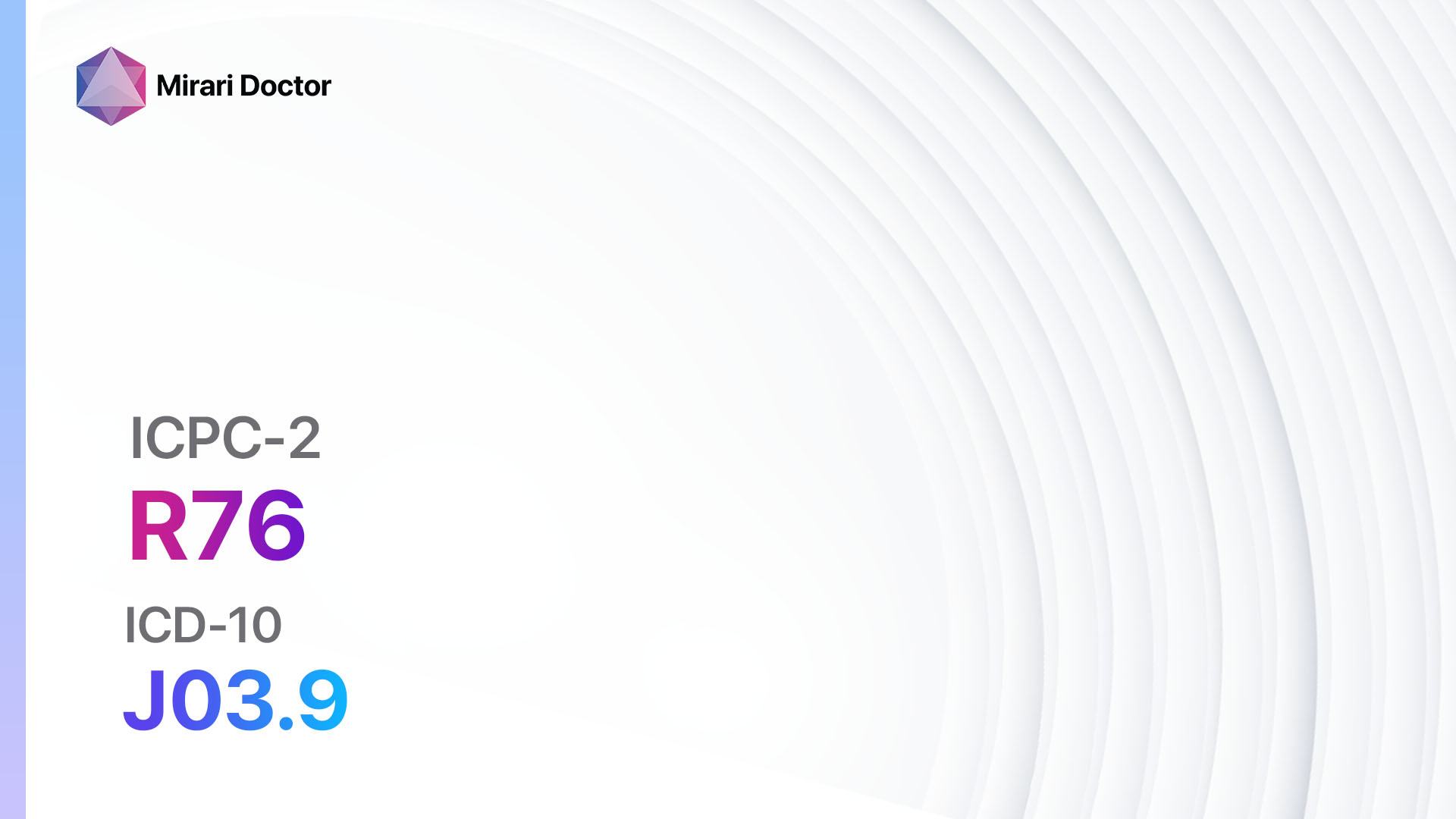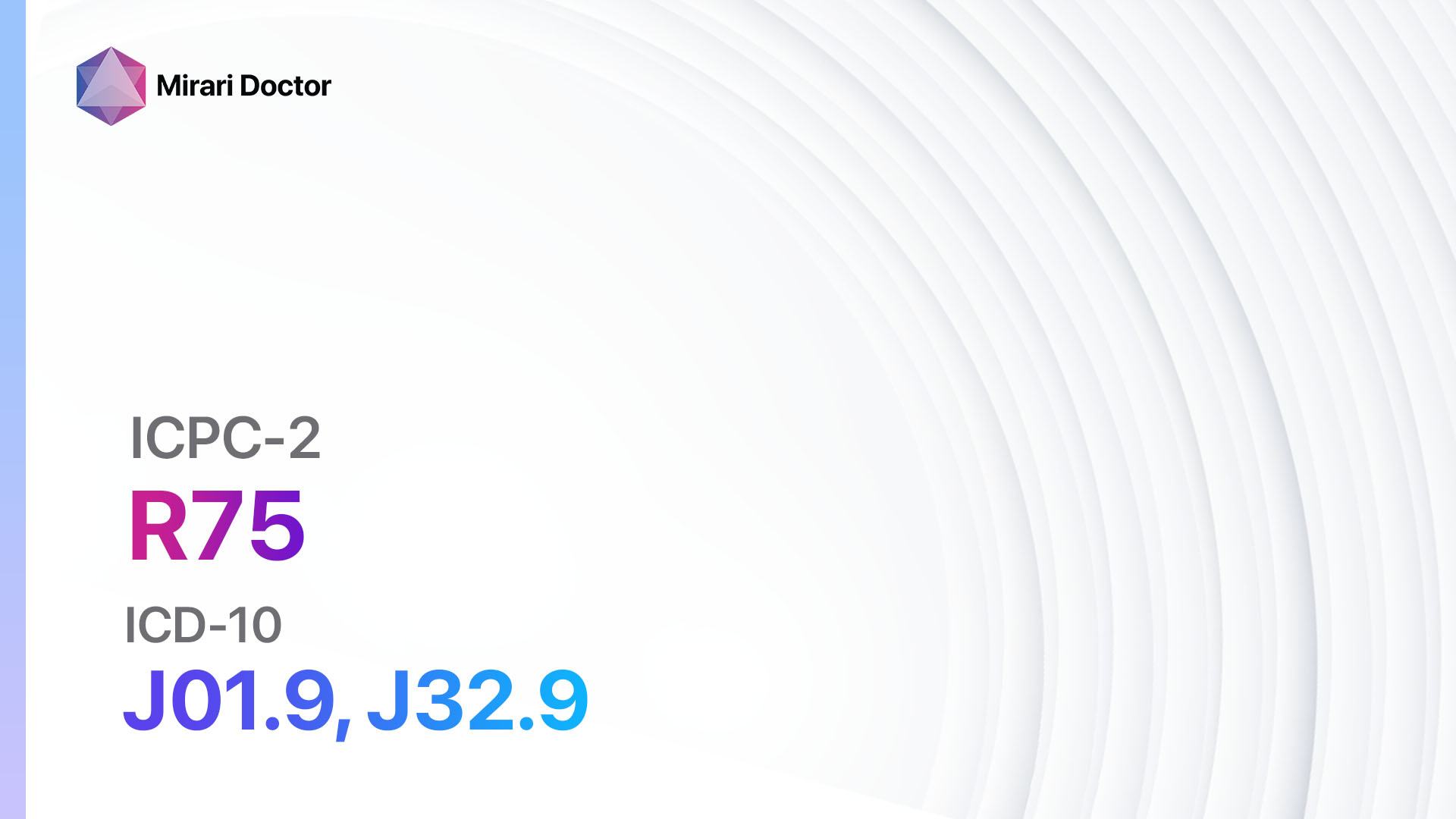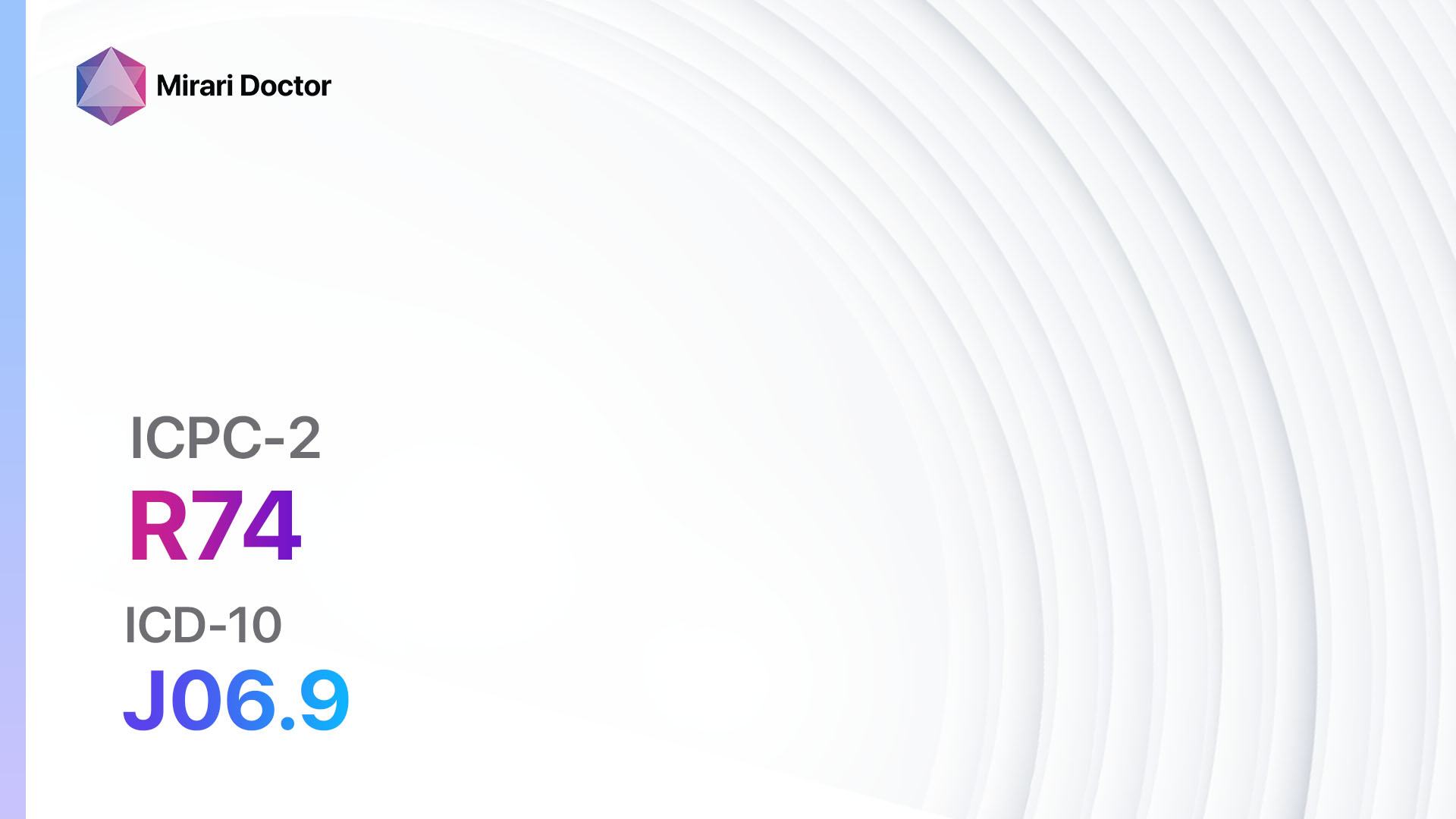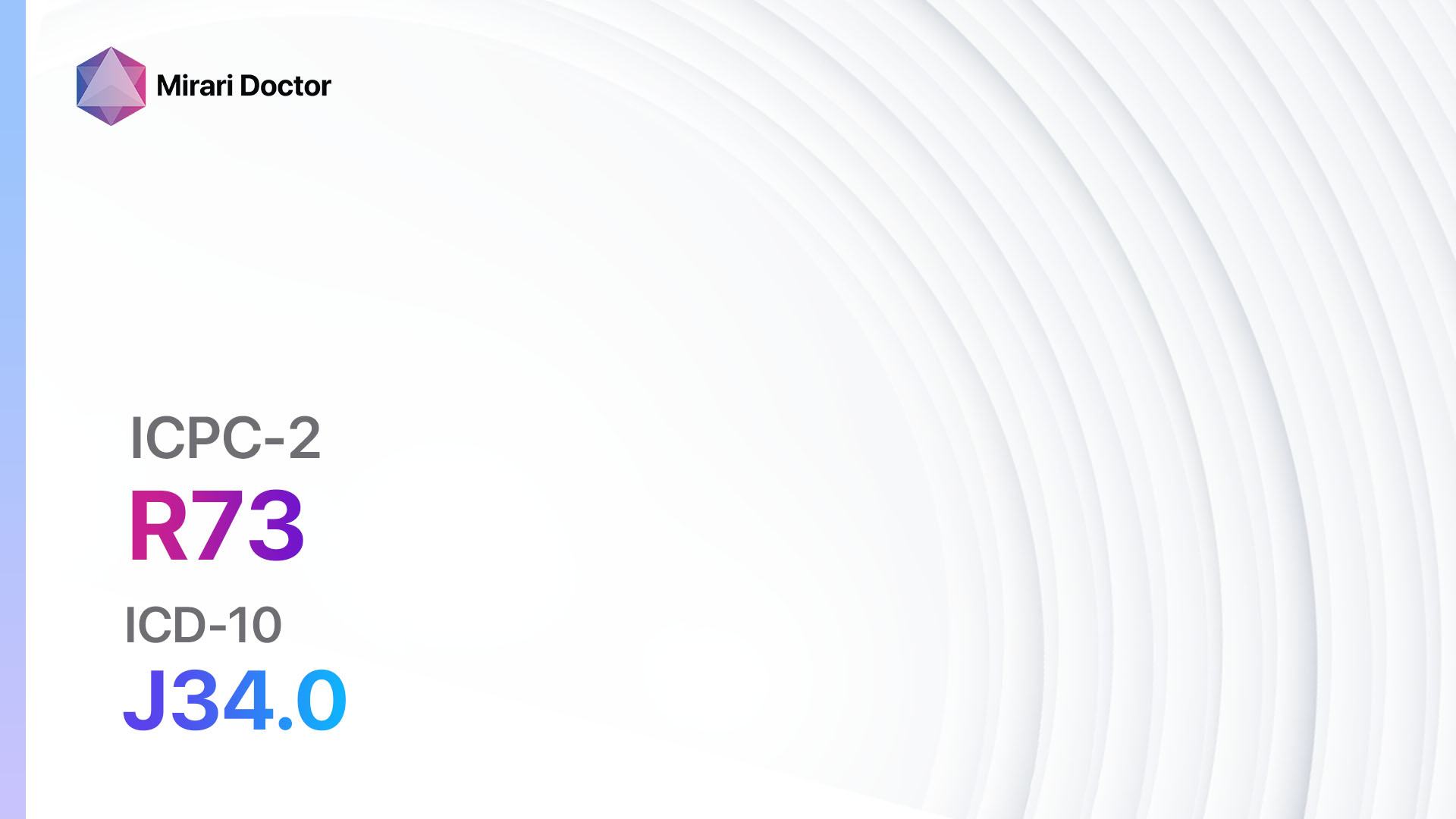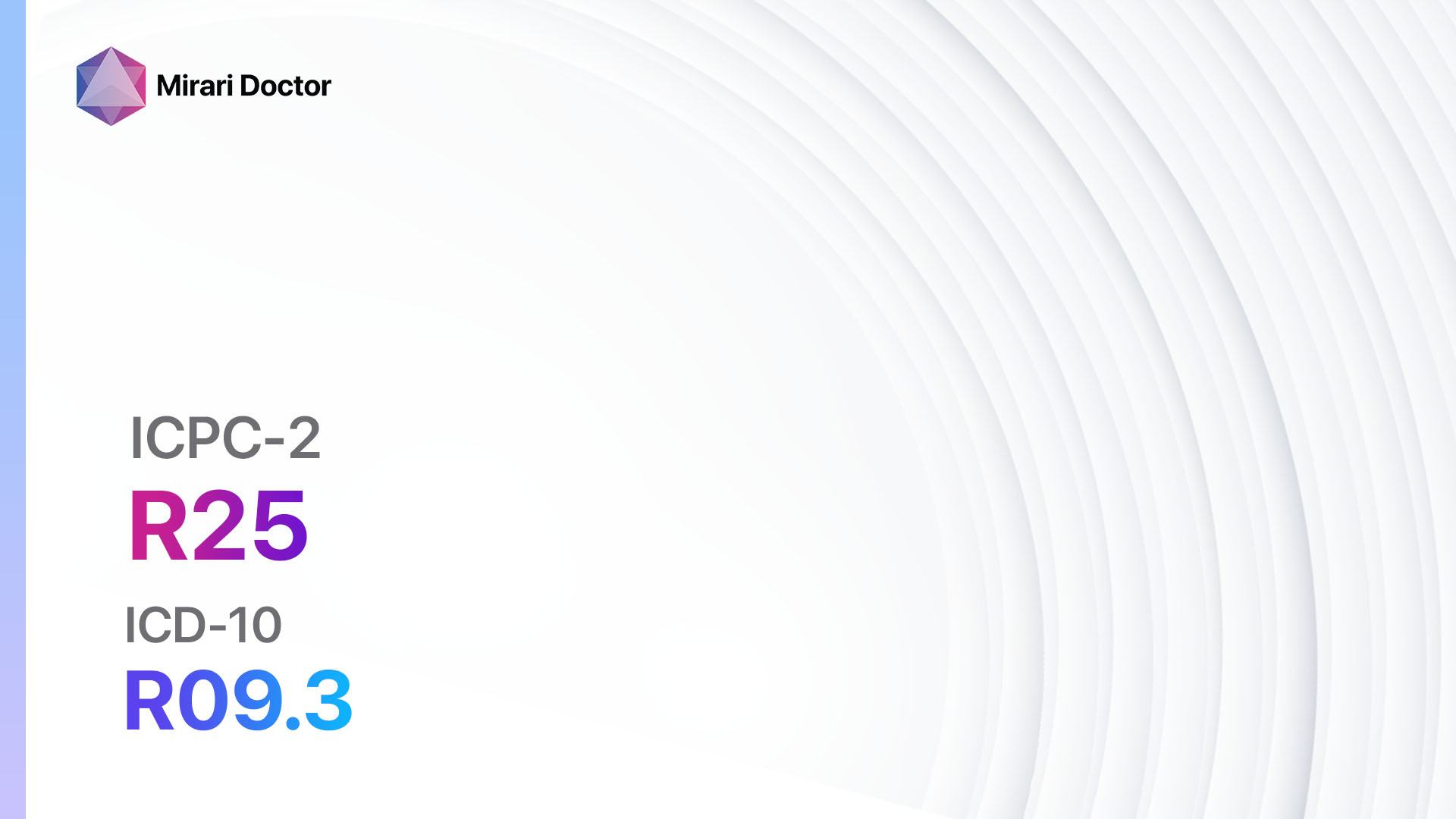
Introduction
Sputum/phlegm abnormal refers to the presence of abnormal or excessive sputum or phlegm production. It can be a symptom of various respiratory conditions, such as bronchitis, pneumonia, or chronic obstructive pulmonary disease (COPD)[1]. This guide aims to provide a comprehensive overview of the diagnostic steps and possible interventions for sputum/phlegm abnormal.
Codes
- ICPC-2 Code: R25 Sputum/phlegm abnormal
- ICD-10 Code: R09.3 Abnormal sputum
Symptoms
- Coughing up sputum or phlegm
- Thick or colored sputum
- Increased sputum production
- Difficulty breathing or shortness of breath
- Chest congestion or tightness[2]
Causes
- Respiratory infections (e.g., bronchitis, pneumonia)
- Chronic respiratory conditions (e.g., COPD, asthma)
- Allergies or sinusitis
- Smoking or exposure to environmental irritants
- Gastroesophageal reflux disease (GERD)
- Lung cancer or other pulmonary diseases[3]
Diagnostic Steps
Medical History
- Gather information about the patient’s symptoms, including the duration, frequency, and severity of sputum/phlegm production.
- Ask about any associated symptoms, such as cough, shortness of breath, or chest pain.
- Inquire about the patient’s medical history, including any respiratory conditions, allergies, or exposure to environmental irritants.
- Assess the patient’s smoking history and exposure to secondhand smoke.
- Determine if the patient has any underlying medical conditions, such as GERD or lung cancer.[4]
Physical Examination
- Perform a thorough examination of the respiratory system, including auscultation of the lungs for abnormal breath sounds.
- Check for signs of respiratory distress, such as increased respiratory rate or use of accessory muscles.
- Assess the patient’s vital signs, including oxygen saturation levels.
- Examine the throat and nasal passages for signs of infection or inflammation.
- Palpate the chest to identify areas of tenderness or abnormal lung sounds.[5]
Laboratory Tests
- Complete blood count (CBC) to assess for signs of infection or inflammation.
- Sputum culture and sensitivity to identify the presence of bacteria and determine appropriate antibiotic treatment.
- Pulmonary function tests (spirometry) to assess lung function and diagnose respiratory conditions.
- Allergy testing to determine if allergies are contributing to the sputum/phlegm production.
- Acid reflux testing (pH monitoring) to evaluate for GERD as a potential cause.[6]
Diagnostic Imaging
- Chest X-ray to evaluate the lungs for signs of infection, inflammation, or structural abnormalities.
- CT scan of the chest to provide more detailed images of the lungs and surrounding structures.
- Bronchoscopy to visualize the airways and collect samples for further analysis.[7]
Other Tests
- Lung biopsy to evaluate for lung cancer or other pulmonary diseases.
- Sweat chloride test to diagnose cystic fibrosis.
- Arterial blood gas analysis to assess oxygen and carbon dioxide levels in the blood.[8]
Follow-up and Patient Education
- Schedule follow-up appointments to monitor the patient’s progress and adjust treatment as needed.
- Provide education on proper sputum/phlegm management, including techniques for clearing the airways.
- Discuss the importance of smoking cessation and avoidance of environmental irritants.
- Address any concerns or questions the patient may have regarding their condition or treatment.[9][10]
Possible Interventions
Traditional Interventions
Medications:
Top 5 drugs for sputum/phlegm abnormal:
- Bronchodilators (e.g., Albuterol, Salmeterol):
- Cost: Generic versions can be $10-$50/month.
- Contraindications: Hypersensitivity to the medication.
- Side effects: Tremors, increased heart rate.
- Severe side effects: Chest pain, irregular heartbeat.
- Drug interactions: Beta-blockers, diuretics.
- Warning: Proper inhaler technique is essential for optimal effectiveness.
- Corticosteroids (e.g., Fluticasone, Prednisone):
- Cost: Generic versions can be $10-$50/month.
- Contraindications: Active infections, systemic fungal infections.
- Side effects: Oral thrush, hoarseness.
- Severe side effects: Adrenal suppression, osteoporosis.
- Drug interactions: NSAIDs, anticoagulants.
- Warning: Long-term use may require monitoring for systemic effects.
- Mucolytics (e.g., Acetylcysteine, Guaifenesin):
- Cost: Generic versions can be $5-$20/month.
- Contraindications: Hypersensitivity to the medication.
- Side effects: Nausea, vomiting.
- Severe side effects: Bronchospasm, allergic reactions.
- Drug interactions: Nitroglycerin, antitussives.
- Warning: Adequate hydration is important for optimal effectiveness.
- Antibiotics (e.g., Amoxicillin, Azithromycin):
- Cost: Generic versions can be $10-$50/month.
- Contraindications: Hypersensitivity to the medication.
- Side effects: Upset stomach, diarrhea.
- Severe side effects: Severe allergic reactions, Clostridium difficile infection.
- Drug interactions: Warfarin, oral contraceptives.
- Warning: Antibiotics should only be used when indicated by the presence of bacterial infection.
- Antihistamines (e.g., Loratadine, Cetirizine):
- Cost: Generic versions can be $5-$20/month.
- Contraindications: Hypersensitivity to the medication.
- Side effects: Drowsiness, dry mouth.
- Severe side effects: Severe allergic reactions, rapid heartbeat.
- Drug interactions: Sedatives, alcohol.
- Warning: Some antihistamines may cause drowsiness, so caution should be exercised when driving or operating machinery.
Alternative Drugs:
- Expectorants (e.g., Bromhexine): Helps to thin and loosen mucus.
- Antitussives (e.g., Dextromethorphan): Suppresses cough reflex.
- Leukotriene modifiers (e.g., Montelukast): Reduces inflammation in the airways.
- Antacids (e.g., Calcium carbonate): Helps to neutralize stomach acid in cases of GERD.
- Antifungal medications (e.g., Fluconazole): Used if fungal infection is suspected.
Surgical Procedures:
- Lung resection: Surgical removal of a portion of the lung to treat lung cancer or other pulmonary diseases. Cost: $20,000 to $100,000.
- Lung transplant: Replacement of a diseased lung with a healthy lung from a donor. Cost: $100,000 to $1,000,000.
Alternative Interventions
- Acupuncture: May help improve respiratory function and reduce sputum production. Cost: $60-$120 per session.
- Herbal remedies: Certain herbs, such as licorice root or mullein, may have expectorant properties. Cost: Varies depending on the specific herb or supplement.
- Steam inhalation: Inhaling steam from hot water or herbal infusions can help loosen and clear mucus. Cost: Minimal.
- Breathing exercises: Techniques like pursed-lip breathing or diaphragmatic breathing can help improve lung function and reduce sputum production. Cost: Minimal.
- Salt therapy: Inhaling salt-infused air in a controlled environment may have beneficial effects on respiratory conditions. Cost: $50-$100 per session.
Lifestyle Interventions
- Smoking cessation: Quitting smoking is crucial for improving respiratory health and reducing sputum production. Cost: Varies depending on the chosen smoking cessation method.
- Avoidance of environmental irritants: Minimizing exposure to pollutants, allergens, and other respiratory irritants can help reduce sputum production. Cost: Minimal.
- Hydration: Drinking an adequate amount of water can help thin mucus and make it easier to clear. Cost: Minimal.
- Regular exercise: Engaging in regular physical activity can improve lung function and reduce sputum production. Cost: Varies depending on the chosen exercise regimen.
- Healthy diet: Consuming a balanced diet rich in fruits, vegetables, and whole grains can support overall respiratory health. Cost: Varies depending on food choices.
It is important to note that the cost ranges provided are approximate and may vary depending on the location and availability of the interventions.
Mirari Cold Plasma Alternative Intervention
Understanding Mirari Cold Plasma
- Safe and Non-Invasive Treatment: Mirari Cold Plasma is a safe and non-invasive treatment option for various skin conditions. It does not require incisions, minimizing the risk of scarring, bleeding, or tissue damage.
- Efficient Extraction of Foreign Bodies: Mirari Cold Plasma facilitates the removal of foreign bodies from the skin by degrading and dissociating organic matter, allowing easier access and extraction.
- Pain Reduction and Comfort: Mirari Cold Plasma has a local analgesic effect, providing pain relief during the treatment, making it more comfortable for the patient.
- Reduced Risk of Infection: Mirari Cold Plasma has antimicrobial properties, effectively killing bacteria and reducing the risk of infection.
- Accelerated Healing and Minimal Scarring: Mirari Cold Plasma stimulates wound healing and tissue regeneration, reducing healing time and minimizing the formation of scars.
Mirari Cold Plasma Prescription
Video instructions for using Mirari Cold Plasma Device – R25 Sputum/phlegm abnormal (ICD-10:R09.3)
| Mild | Moderate | Severe |
| Mode setting: 1 (Infection) Location: 6 (Throat, Lymphatic & Thyroid) Morning: 15 minutes, Evening: 15 minutes |
Mode setting: 1 (Infection) Location: 6 (Throat, Lymphatic & Thyroid) Morning: 30 minutes, Lunch: 30 minutes, Evening: 30 minutes |
Mode setting: 1 (Infection) Location: 6 (Throat, Lymphatic & Thyroid) Morning: 30 minutes, Lunch: 30 minutes, Evening: 30 minutes |
| Mode setting: 2 (Wound Healing) Location: 6 (Throat, Lymphatic & Thyroid) Morning: 15 minutes, Evening: 15 minutes |
Mode setting: 2 (Wound Healing) Location: 6 (Throat, Lymphatic & Thyroid) Morning: 30 minutes, Lunch: 30 minutes, Evening: 30 minutes |
Mode setting: 2 (Wound Healing) Location: 6 (Throat, Lymphatic & Thyroid) Morning: 30 minutes, Lunch: 30 minutes, Evening: 30 minutes |
| Mode setting: 3 (Antiviral Therapy) Location: 6 (Throat, Lymphatic & Thyroid) Morning: 15 minutes, Evening: 15 minutes |
Mode setting: 3 (Antiviral Therapy) Location: 6 (Throat, Lymphatic & Thyroid) Morning: 30 minutes, Lunch: 30 minutes, Evening: 30 minutes |
Mode setting: 3 (Antiviral Therapy) Location: 6 (Throat, Lymphatic & Thyroid) Morning: 30 minutes, Lunch: 30 minutes, Evening: 30 minutes |
| Total Morning: 45 minutes approx. $7.50 USD, Evening: 45 minutes approx. $7.50 USD |
Total Morning: 90 minutes approx. $15 USD, Lunch: 90 minutes approx. $15 USD, Evening: 90 minutes approx. $15 USD |
Total Morning: 90 minutes approx. $15 USD, Lunch: 90 minutes approx. $15 USD, Evening: 90 minutes approx. $15 USD |
| Usual treatment for 7-60 days approx. $105 USD – $900 USD | Usual treatment for 6-8 weeks approx. $1,890 USD – $2,520 USD |
Usual treatment for 3-6 months approx. $4,050 USD – $8,100 USD
|
 |
|
Use the Mirari Cold Plasma device to treat Sputum/phlegm abnormal effectively.
WARNING: MIRARI COLD PLASMA IS DESIGNED FOR THE HUMAN BODY WITHOUT ANY ARTIFICIAL OR THIRD PARTY PRODUCTS. USE OF OTHER PRODUCTS IN COMBINATION WITH MIRARI COLD PLASMA MAY CAUSE UNPREDICTABLE EFFECTS, HARM OR INJURY. PLEASE CONSULT A MEDICAL PROFESSIONAL BEFORE COMBINING ANY OTHER PRODUCTS WITH USE OF MIRARI.
Step 1: Cleanse the Skin
- Start by cleaning the affected area of the skin with a gentle cleanser or mild soap and water. Gently pat the area dry with a clean towel.
Step 2: Prepare the Mirari Cold Plasma device
- Ensure that the Mirari Cold Plasma device is fully charged or has fresh batteries as per the manufacturer’s instructions. Make sure the device is clean and in good working condition.
- Switch on the Mirari device using the power button or by following the specific instructions provided with the device.
- Some Mirari devices may have adjustable settings for intensity or treatment duration. Follow the manufacturer’s instructions to select the appropriate settings based on your needs and the recommended guidelines.
Step 3: Apply the Device
- Place the Mirari device in direct contact with the affected area of the skin. Gently glide or hold the device over the skin surface, ensuring even coverage of the area experiencing.
- Slowly move the Mirari device in a circular motion or follow a specific pattern as indicated in the user manual. This helps ensure thorough treatment coverage.
Step 4: Monitor and Assess:
- Keep track of your progress and evaluate the effectiveness of the Mirari device in managing your Sputum/phlegm abnormal. If you have any concerns or notice any adverse reactions, consult with your health care professional.
Note
This guide is for informational purposes only and should not replace the advice of a medical professional. Always consult with your healthcare provider or a qualified medical professional for personal advice, diagnosis, or treatment. Do not solely rely on the information presented here for decisions about your health. Use of this information is at your own risk. The authors of this guide, nor any associated entities or platforms, are not responsible for any potential adverse effects or outcomes based on the content.
Mirari Cold Plasma System Disclaimer
- Purpose: The Mirari Cold Plasma System is a Class 2 medical device designed for use by trained healthcare professionals. It is registered for use in Thailand and Vietnam. It is not intended for use outside of these locations.
- Informational Use: The content and information provided with the device are for educational and informational purposes only. They are not a substitute for professional medical advice or care.
- Variable Outcomes: While the device is approved for specific uses, individual outcomes can differ. We do not assert or guarantee specific medical outcomes.
- Consultation: Prior to utilizing the device or making decisions based on its content, it is essential to consult with a Certified Mirari Tele-Therapist and your medical healthcare provider regarding specific protocols.
- Liability: By using this device, users are acknowledging and accepting all potential risks. Neither the manufacturer nor the distributor will be held accountable for any adverse reactions, injuries, or damages stemming from its use.
- Geographical Availability: This device has received approval for designated purposes by the Thai and Vietnam FDA. As of now, outside of Thailand and Vietnam, the Mirari Cold Plasma System is not available for purchase or use.
References
- Fahy JV, Dickey BF. Airway mucus function and dysfunction. N Engl J Med. 2010;363(23):2233-2247.
- Rubin BK. The pharmacologic approach to airway clearance: mucoactive agents. Paediatr Respir Rev. 2006;7 Suppl 1:S215-S219.
- Ramos FL, Krahnke JS, Kim V. Clinical issues of mucus accumulation in COPD. Int J Chron Obstruct Pulmon Dis. 2014;9:139-150.
- Irwin RS, French CT, Lewis SZ, et al. Overview of the management of cough: CHEST Guideline and Expert Panel Report. Chest. 2014;146(4):885-889.
- Woodhead M, Blasi F, Ewig S, et al. Guidelines for the management of adult lower respiratory tract infections. Eur Respir J. 2005;26(6):1138-1180.
- Sethi S, Murphy TF. Infection in the pathogenesis and course of chronic obstructive pulmonary disease. N Engl J Med. 2008;359(22):2355-2365.
- Hansell DM, Bankier AA, MacMahon H, et al. Fleischner Society: glossary of terms for thoracic imaging. Radiology. 2008;246(3):697-722.
- Vogelmeier CF, Criner GJ, Martinez FJ, et al. Global Strategy for the Diagnosis, Management, and Prevention of Chronic Obstructive Lung Disease 2017 Report. GOLD Executive Summary. Am J Respir Crit Care Med. 2017;195(5):557-582.
- Bourbeau J, Julien M, Maltais F, et al. Reduction of hospital utilization in patients with chronic obstructive pulmonary disease: a disease-specific self-management intervention. Arch Intern Med. 2003;163(5):585-591.
- Nici L, Donner C, Wouters E, et al. American Thoracic Society/European Respiratory Society statement on pulmonary rehabilitation. Am J Respir Crit Care Med. 2006;173(12):1390-1413.
Related articles
Made in USA


